Just a few years ago he fell asleep to the conciliatory sound of a relatively distant surf, today he does so with the screeching and infuriating swaying of the rubble a few meters away. When the house was built, complying with all the regulations, the sea was at a great distance from the building, but time has made the entrance to his home on the beachfront. Well, the time? The truth is that it has not been the only factor that has caused Jorge Miquel to wake up every morning with the threatening sea invading his garden.
We move to his house, the last townhouse of a beautiful urbanization a few meters past Blay Beach, in Marines. It is one of the worst hit areas in recent storms. As much as Les Deveses. But, for various reasons, it has gone more unnoticed. Or we have forgotten.
Now, as soon as we remember we will remember that even A vice president of the Government traveled to the place after the Gloria in order to see first-hand in what state the coast of that section had been.
Year and a half after the devastating and historical storm, we came back. The garden of the urbanization at first glance could pass for any one. It has its green expanse of grass, trees very beach well distributed to enrich the landscape, and even a gardener is working on the spot when we arrive. However, it has something that differentiates it from any other garden: a recently improvised mini cliff with a drop of about 2 meters where the waves beat without rest. Under the water you can see pieces of that area of the garden that has now disappeared. As I remember there is a single door that rises above the sea and that, although in the past it faced the sandy beach, now it leads directly to the Mediterranean.
Almost a century losing garden facing the sea
Jorge Miquel Calatayud has lived in the house since 1940. He has lived the advance of the sea in the first line — never better said — and for almost the last century. And not just as a mere witness, but as visible face of activism for the recovery and regeneration of the coast in Dénia. So much so that he was founder and coordinator of the Marines Beach Recovery Platform. That is, he knows a lot about the subject.
That is why we met with him, in the glazed terrace of his home from where we have some enviable overlooking the ruins of the Gloria, with a table between them full of documents on top. You have information and are eager to talk. And talks. And he does so on his concern for the current state of the beaches of Dénia. But he does not want to focus the interview on what we already know - and which, in fact, can be seen with the naked eye - but rather he wants to make people understand how it got here, why it has to be solved and how it can be done. make.
Point by point, How did we get here? Jorge Miquel shows us images of the beach in front of his house. The landscape is recognizable by the iron gate that now floats over the sea. For the rest, it has nothing to do with it. In the photograph there is a sandy beach that does not exist now. From the gate to the shore there will be about 40 meters of distance. More than 100 in total from the house where we chat.
«During the Second Republic, Spain had 4 swamps. Today there are more than 1.000 »
Contrary to what has been pointed out in recent years, Jorge Miquel is against blaming the individual for the state of the coast. He tells us that, in his case, his family bought a piece of land a good distance from the shore of the beach, complying with all the laws and regulations, but he could not foresee that that same beach would shrink. In this way, it refuses to blame the people who acquired land in the place for how those buildings are today, and less to blame them for the deterioration of the coast.
The main culprit, according to Jorge Miquel, is the thousand swamps that were installed throughout the country. "The Spanish rivers, streams and ravines have not dumped their remains for years," he tells us. «During the Second Republic, Spain had 4 swamps. Today there are more than 1.000.
But what does it have to do with the beaches? As the level of water poured down to the sea has dropped so much, he indicates, it has also stopped dragging the stones whose erosion creates the mixture of sediments that makes up the sand on the beach. Currently there are "200 million cubic meters retained in Spanish swamps."
What used to be mineral remains are now plastic remains
This water no longer reaches the beach, only that of the ravines when there is a torrential rain, bringing all the garbage, reeds and plastics that are in them to the sea.
Jorge Miquel emphasizes that this is the main cause, but at the same time he assumes that "emptying the swamps is a utopia." "It is something definitive, so there are no solutions there."
"If a grain falls 30 meters deep, there is no longer a storm to move it"
Then, Where do the solutions come from? The veteran activist points out that it is in the hollows of the sea where the currents have placed what was once the beach. Well, the most accessible and secure solution to this problem is just over 50 kilometers away. In Cullera there is a sand deposit that Jorge Miquel describes as huge, with about 93 million cubic meters.
"It is a meeting place between many currents", which is why so much sand has ended up, since "if a grain falls 30 meters deep, there is no longer a storm to move it." According to Jorge Miquel, with only 35 of those 93 million, the beaches of Dénia would be repaired.
"Nothing is done at sea that does not carry the Costas permit"
As a member of the platform, you have been following the progress of a project that included this solution for years and that, apparently, due to administrative disinterest, has been put aside.
"Costas has put the wolf to take care of the henhouse", highlights Jorge Miquel, noting that "nothing is done in the sea that does not carry the permission of Costas", and that, therefore, it is this body that with "erroneous actions has awarded harmful projects. '
And Costas ran into the project whose study of the ecological impact seems to have standing without explanation. Or at least he has not been able to indicate the reason either to the platform or to the City Council itself, because together with them they appeared two months ago in front of the provincial delegate of Coasts.
However, it does not seem that the consistory gives the impulse that is required. "He doesn't move a stick," Jorge Miquel comments.
"The City Council should be with the creeps seeing how it runs out of beaches"
Therefore, the only solution that he sees as feasible is greater motivation of citizens, since this arena has great social and economic significance in a city like Dénia, with a strong summer tourism that seeks to plant an umbrella in front of the sea. «The beach is not first, second or third line. The beach belongs to everyone.
Because at the administrative level everything is stuck, he assures somewhat defeated. Remember that in 2006 they collected more than 3.000 signatures for the recovery of the Les Marines beach and as a shock plan to stop its disappearance, long before the last lethal storms. The point to discuss was reached in plenary session at the City Council, but it was approved to leave the issue on the table. "We have been waiting 15 years for a proposal from your Environment technician, and now you can see the results," he says, looking towards what was previously a beach.
"The City Council should be with the creeps watching how it runs out of beaches," he tells us outside, before saying goodbye, showing us closely that gap that connects what remains of his garden with the Mediterranean. "We cannot continue to passively watch the beaches being carried away by the sea," he insists, since "it is an asset at risk."

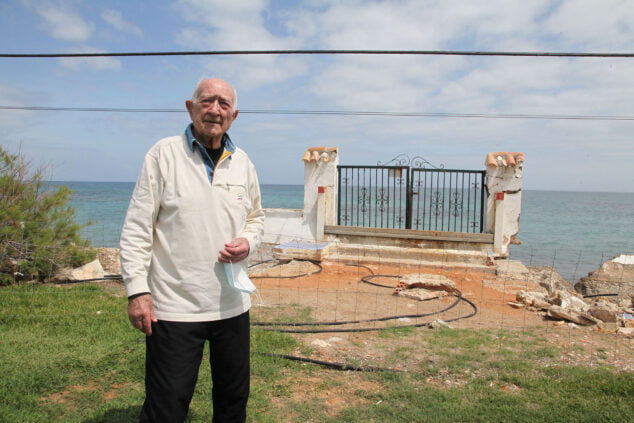
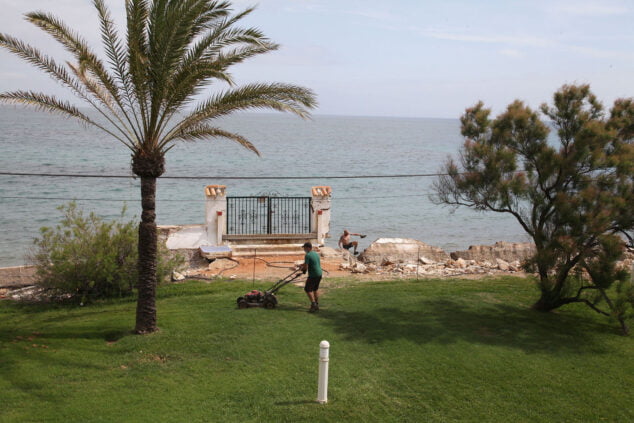
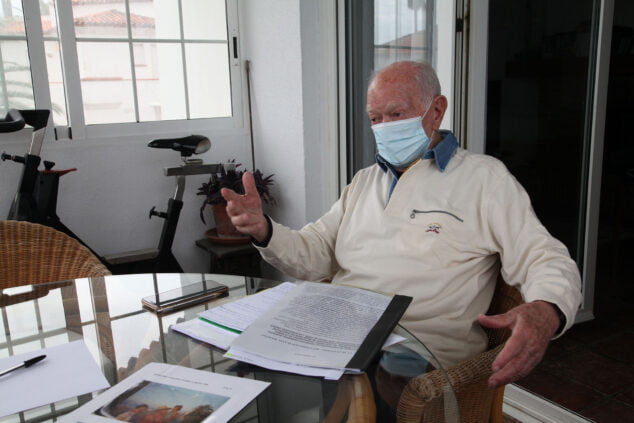
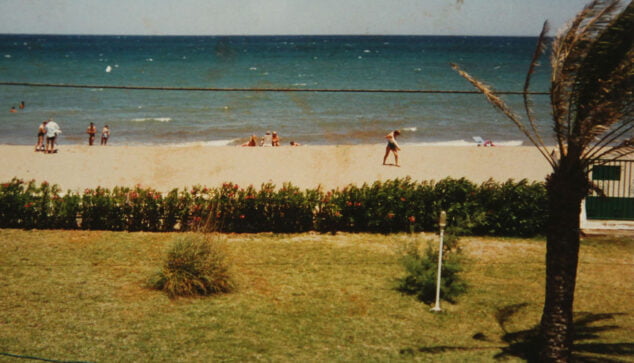
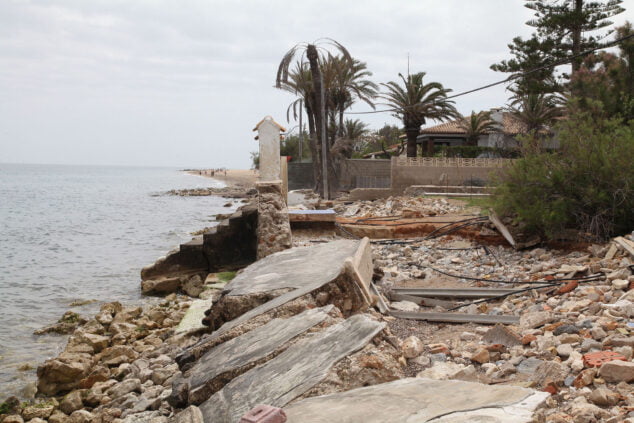
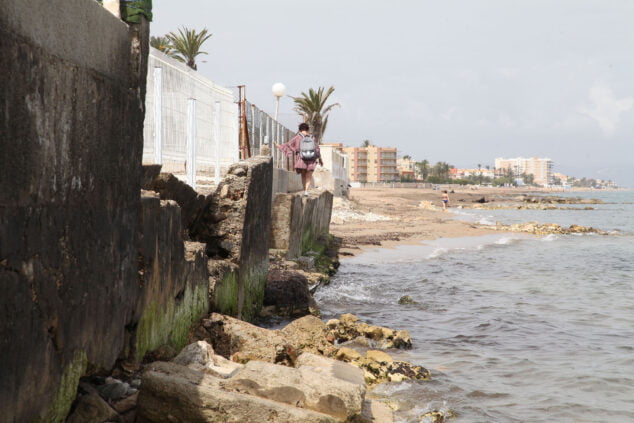
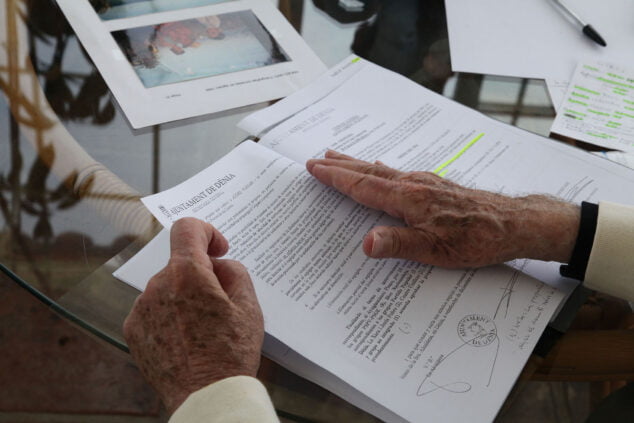
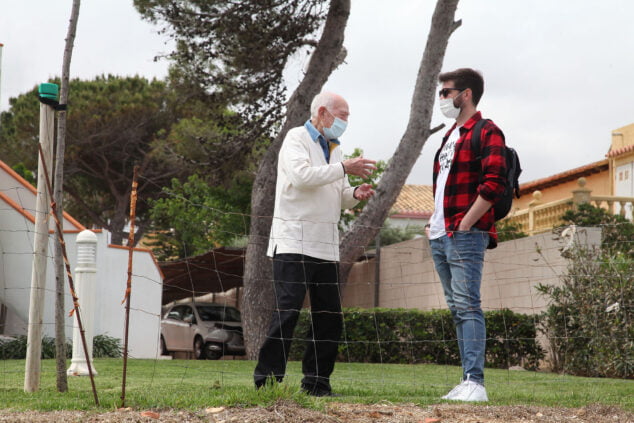






If there is little shame to blame it on the swamps. And frankly, it has also helped if you like. What will this man be crying about that before his house was worth 1 million euros and today it is not worth even € 20.000. And above all, he will want to indentify the communist state we have. A good fine would have to pay costs for building and attacking nature
Good afternoon.
I personally know mr. Jorge Juan and I can assure you that he is a man who knows very well what he says, because before affirming anything he reports and provides documentation of what he says, but there is what a few think can guarantee that Mr. Jorge Juan is a man who has had many experiences with the sea (since he has been a sailor for many years) and knows that the sea does not play jokes. I would tell those responsible that this is up to them to take him into account, before any misfortune occurs since we always look for a solution to "past bulls"
You have forgotten the swamps man .... look at having swamps to bring drinking water and generate electricity to all of Spain ... also if that water flowed directly into the sea maybe it would pass through the middle of your house with or without a dune. What if you know so much about the sea because you built right next to it? All these years he has enjoyed the front line knowing perfectly how they allowed him to do it and the risks he was running.
Yes, the beach should belong to everyone, but for 50 years, the beach is made of concrete. It is not necessary for this man to go upriver to reach the swamps, speculation has buried the sand barns under the cement of the buildings. Those barns have a name: dunes.
His house is also built on the sand of a dune. Without dunes, without the contribution of sediment from the rivers, with the wall of buildings at the edge of the water, the marinas, the climate crisis ... Investing money in throwing sand that the next storm will take is throwing that money into the sea.
I feel sorry for him but the sea level is rising all over the planet and it has nothing to do with the swamps. . Looking at the photos his house provides, he was already too close to the coast when he built it. But to all this in Las Marinas apartments are now being promoted in several new construction developments. The next to ask for help? Time to time. It will be the swamps….